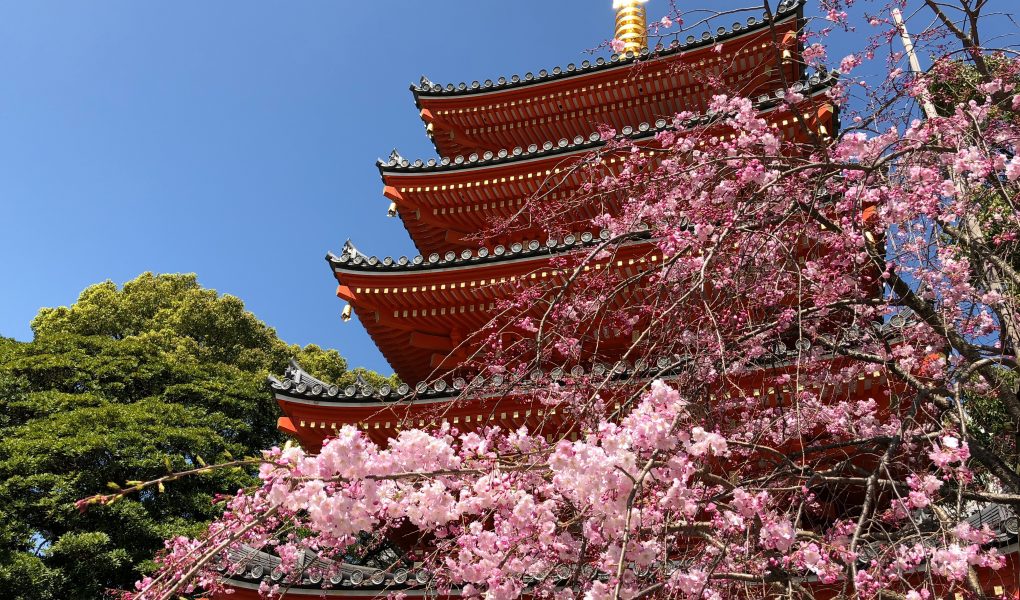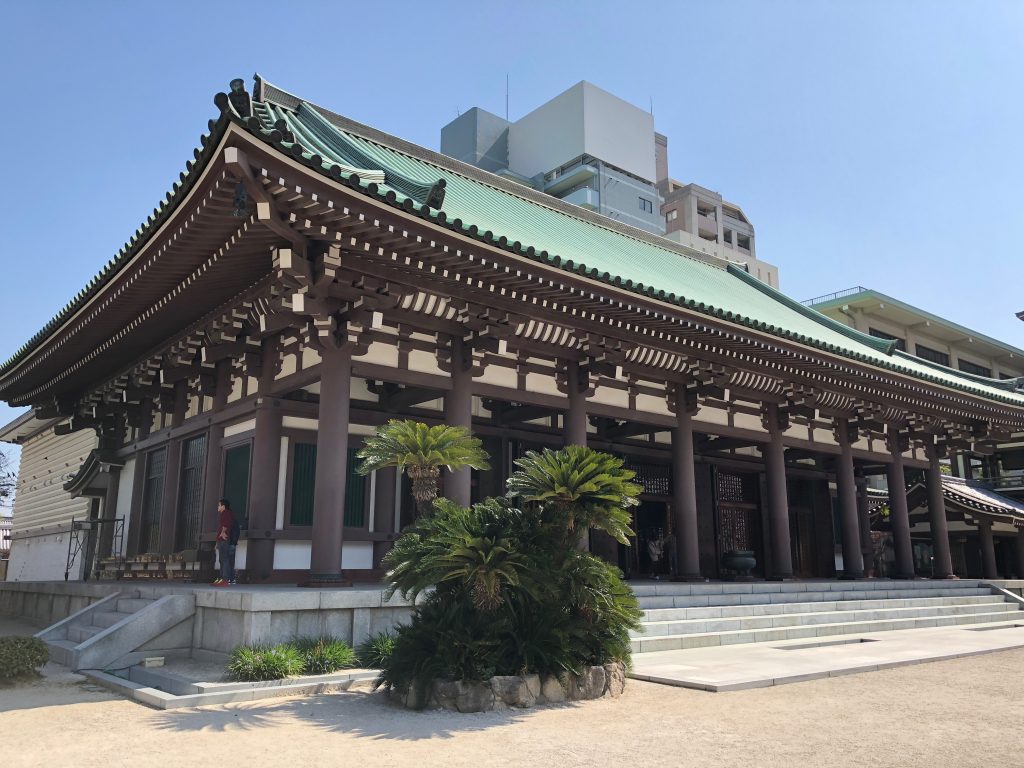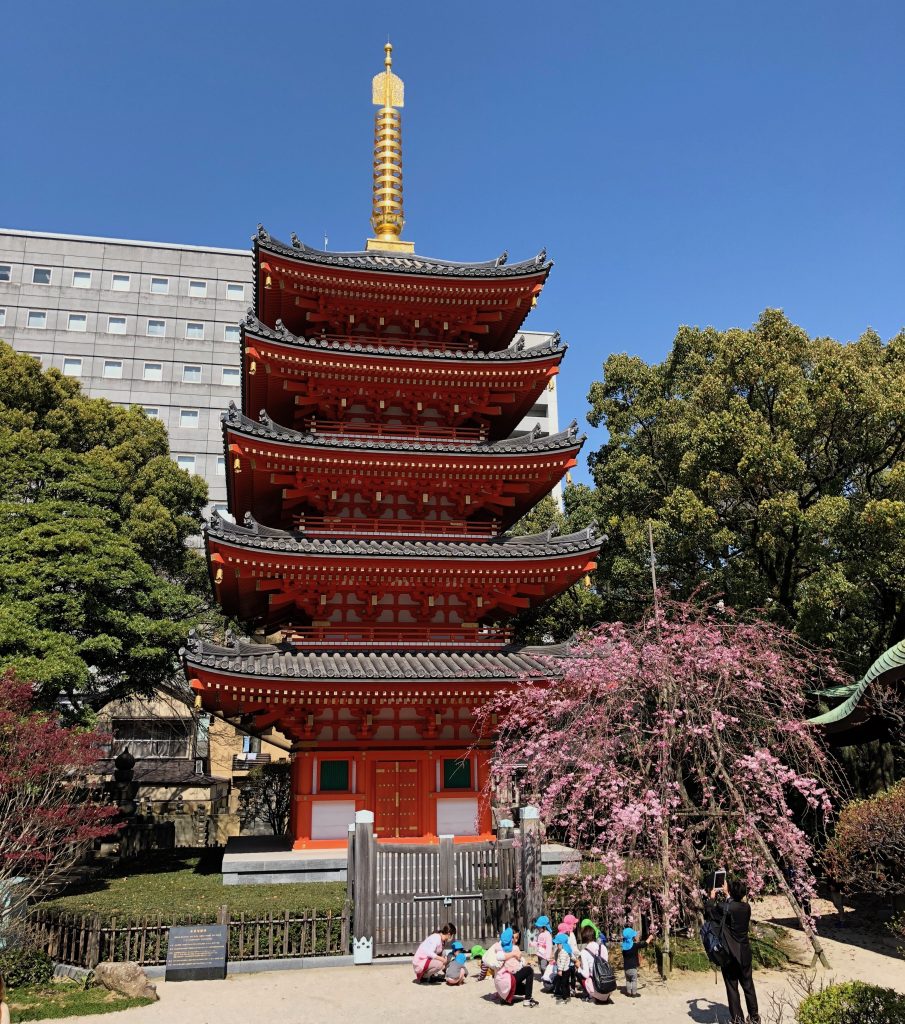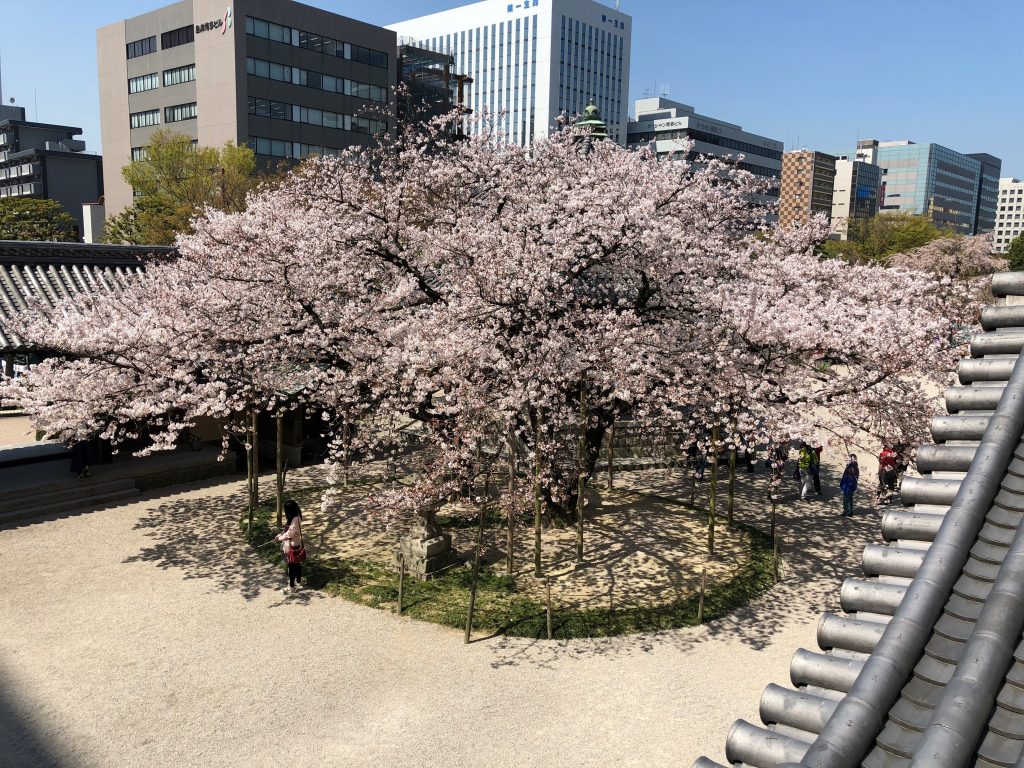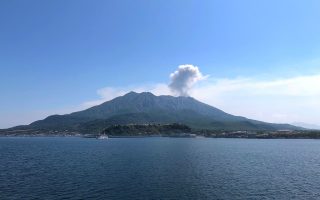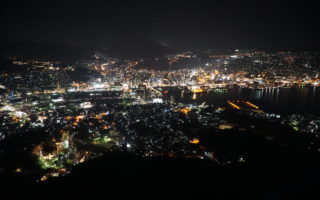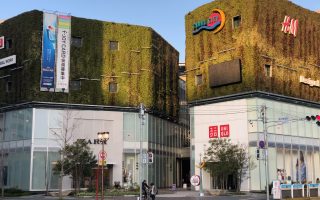Tocho-ji is a Shingon Buddhist temple located in Fukuoka. It is one of the major attractions within the city, and is a definite must-visit when in Fukuoka. In this post I will introduce you to a bit of the history of the place along with a walkthrough of some of the temples main attractions.
Accommodation Tours Fukuoka / Kyushu 1-2 Day Pass for Fukuoka Subway
Kukai, the founder of the Shingon Buddhist sect, established Tocho-ji in 806. The year of establishment is the same as that of Kukais return from a several year long study trip to China, thus making Tocho-ji the oldest Shingon temple in Japan. The temple was originally located by the sea, but was burned down in the 1500’s. Hereafter it was relocated to its current location by the Kuroda clan, who made it their family temple. Being one of the oldest still intact buddhist temples in Japan, Tocho-ji is an important attraction in Fukuoka city, for both tourists and religious visitors. The temple has some very interesting attractions and the temple area is also a magnificent spot for watching cherry blossoms in the spring.
The Great Buddha of Fukuoka
Fukuoka Daibutsu, or “The Great Buddha of Fukuoka” is a more than 10 meter tall wooden statue of Buddha in a seated position. According to the information plaques at the temple the statue is Japans largest wooden statue of Buddha in a seated pose. I have to say that it sometimes feels like every statue or attraction in Japan is the “biggest” or “tallest” of it’s very specific kind. Of course the more specific you are, the easier it gets to take an impressive title like that 🙂 This shouldn’t keep you away from this specific Buddha statue though – it is truly a beauty, and such big wooden statues aren’t something you see everyday in Japan.
The statue is housed in the upper floor of the side building of Tocho-ji main hall, and can be seen if you make a small donation at the entrance (go up the stairs next to the main hall). The carved statue is fairly new, made in the late 1980’s and weighs an impressive 30 tonnes!
I did not take a photo of the statue myself because there was a no-photo policy when I went. However, I found this photo licensed under CC on flickr. That should give you an idea.
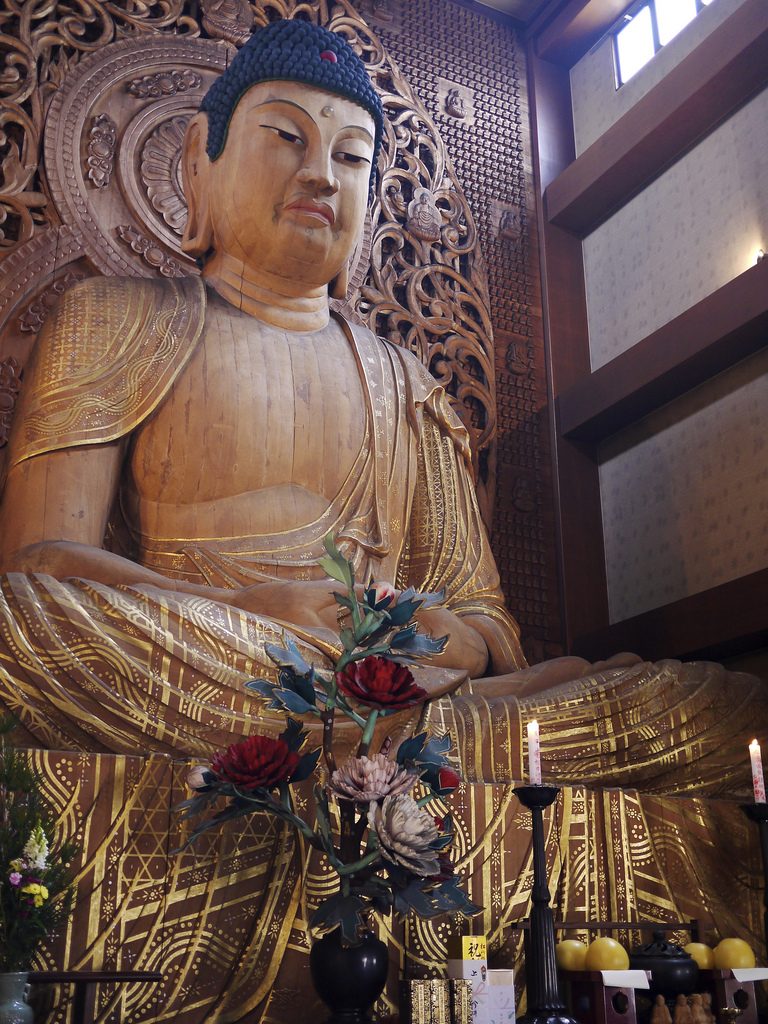
Walk through Heaven and Hell
Under the big Buddha I found a big surprise which I didn’t expect. A “pilgrimage” through the Buddhist hell. This really turned out to be the highlight for me. Often the best experiences are the ones you don’t expect 🙂
When facing the statue, on the left side you can enter through a small passage. You will be taken past a number of impressive and extremely morbid art works depicting the suffering of people in hell. Men and women being tortured, burned and played with by scary devil-like creatures. After the last painting, when you think it’s finally over, you enter a narrow, winding corridor so dark that you can’t see your own hand in front of you – nor the person in front of you, so walk carefully. A handrail is installed along the corridor – I recommend you hold it if you are uncomfortable with the darkness. There is supposed to be a “buddhas ring” in the corridor and finding it in the darkness is supposed to help you to the promised land.
I had no clue of handrail or ring, so I walked unguided through the hole thing. I did manage to pass all the way through, but a little overwhelmed by the experience I appear to have missed a last painting, depicting heaven at the end of the hall. The picture of heaven is supposed to be a strong symbol, that you can reach heaven through the darkness by help of Buddha.
As I started out saying: This was the best experience I had a Tocho-ji, so don’t be scared!
The Pagoda (Gojunoto)
The big, red, 5 story Pagoda on the side of the temple grounds is really picturesque, especially with the blossoming trees in front of it during spring. The pagoda is surprisingly new, built in 2011 to commemorate the 1200th anniversary of the temple. Inside the Pagoda are stored some beautiful paintings which sadly aren’t on display for the public.
4 Tocho-ji attractions with timing required
Tochoji Temple has a few attractions which aren’t visible every day. Below you find four of them along with information about when you can see them. Maybe this can help you to time your visit here better than I could.
1. Rokkakudo
Another attraction at Tochoji is the hexagonal building in placed in front of the main hall. Rokkakudo was constructed in the 1840’s based on donations from merchants of the area. The structure holds rotating shelves for sutras, and the inside of the doors have calligraphy of the masters of the time. Unfortunately I wasn’t able to peak inside, because it’s only opened once monthly, on the 28th of every month.
2. Senjukannon
This statue of the “thousand-armed Goddess of Mercy” is just something I read about. It is a hidden Buddha and is only visible during the birthday celebrations of Kukai. I haven’t been able to find out when this event takes place, but if you find out i’d love to know!
3. Setsubun Festival
Yet another event I wasn’t able to align my visit with. This temple festival in early February is an opportunity to get rid of your bad luck for the rest of the year. It’s supposed to be quite a spectacle, with beans flying through the air and dancing devils and monsters. This is definitely an experience I want to plan my next trip to Fukuoka after. Yearly on 3rd of February.
4. Sakura – Cherry Blossoms
I will let the photo speak for it self 🙂 Sakura season usually falls in late March or early April.
Getting there
By train: Gion subway station is located right in front of the temple.
By foot: From Hakata station it’s a 10 minute walk (900m / 0.55mi) walk.

